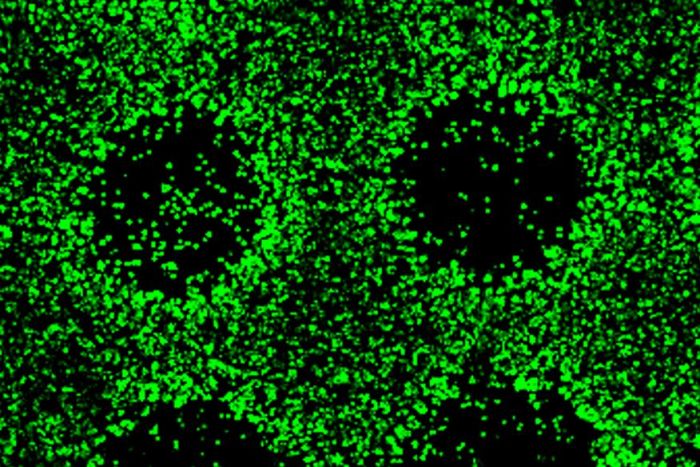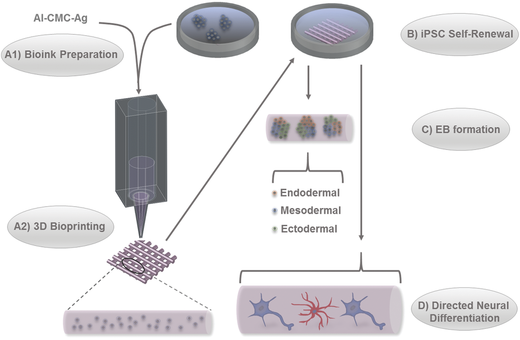A team at the University of Wollongong, Australia, has used a 3D printer to create nerve cells found in the brain.
The research, led by Dr. Jeremy Crook, is an important step toward synthetic tissues that could one day be used to treat conditions including schizophrenia, epilepsy and depression.
“The brain on the bench”
The research at Wollongong is an important development toward the future of regenerative medicine – where patients are healed using cells extracted form their own body.
As explained by Harvard Professor Jennifer Lewis, the human immune system is the greatest obstacle to tissue transplants, and so an ability to transplant natural tissue effectively circumvents those issues inside the human body.
The aim of stem cell research, as demonstrated in 3D printed scaffolds and lab on a chip technology is, as explained to abc by Wollongong Professor Gordon Wallace, “to get as close as possible to replicating the function of the brain on the bench.”
3D printing brain cells?
The Wollongong process relies upon the 3D bioprinting of an ink containing induced pluripotent stem cells (iPSCs). Like commonly used endothelial cells, iPSCs can grow to form all types of cells found in the human body.
When 3D printed, the iPSCs are supported by other gel-like ingredients in the bio-ink, keeping a grid-like shape that mimics natural cell structure.
Left to culture, the cells grow to form the three primary germ layers of very early embryo. To program the iPSCs to differentiate into neural cells rather than germs, Dr. Crook’s team add other mediums.
With these supplements, the researchers are able to create 3 different types of nerve cells:
- GABA, which is responsible for reducing neuronal excitability, and regulating muscle tone. Deficiency in this acid is linked to schizophrenia and epilepsy.
- Serotonin, the “happy” neurotransmitter, and the antidote to depression.
- And neuron-protecting glial cells.
Pharmaceutical screening, and further treatments
According to the conclusions of the study further development of the process is “expected to enhance tissue identity, architecture and function to better model development and diseases, for pharmaceuticals screening and assessing in vivo function and safety in animal models toward transplantation therapies.”
One immediate goal is also to 3D print dopamine-producing nerve cells that could be used to treat Parkinson’s disease.

A full study supporting the research discussed in this article is available, open access, in the journal Advanced Healthcare Materials. It is co-authored by Qi Gu, Eva Tomaskovic-Crook, Gordon G. Wallace and Jeremy M. Crook.
Looking for 3D printing research jobs or talent? Register on our 3D printing jobs site now.
You can stay up to date with the latest 3D printing news and research by subscribing to our newsletter, following us on Twitter and liking us on Facebook.
Featured image: Recolored SEM images of the proliferation of live 3D printed nerve cells. Image via Advanced Healthcare Materials




